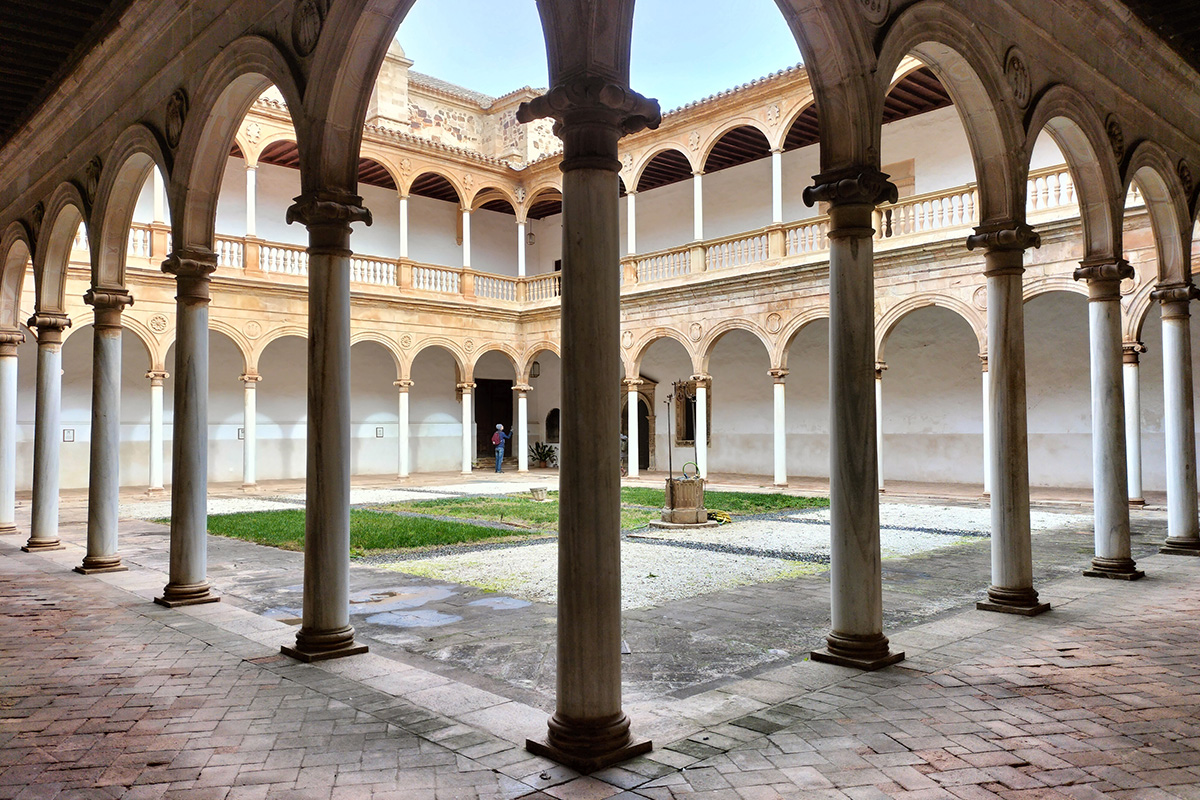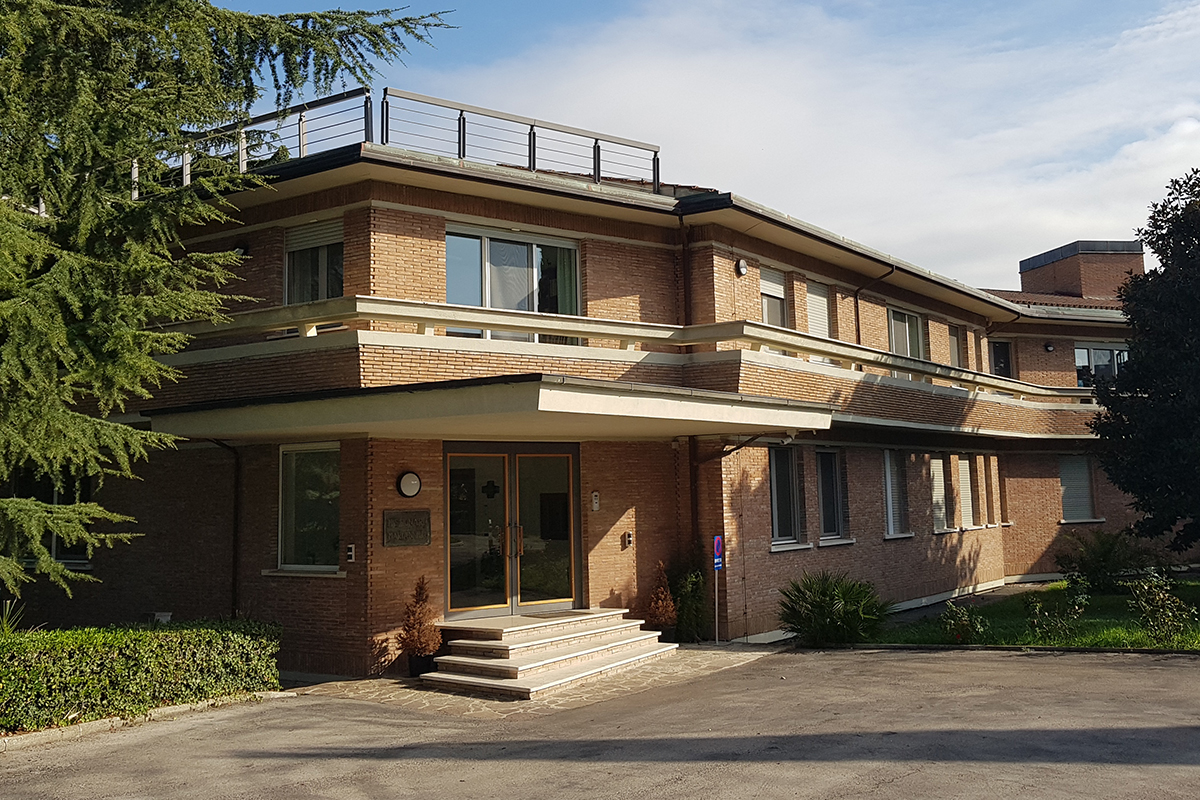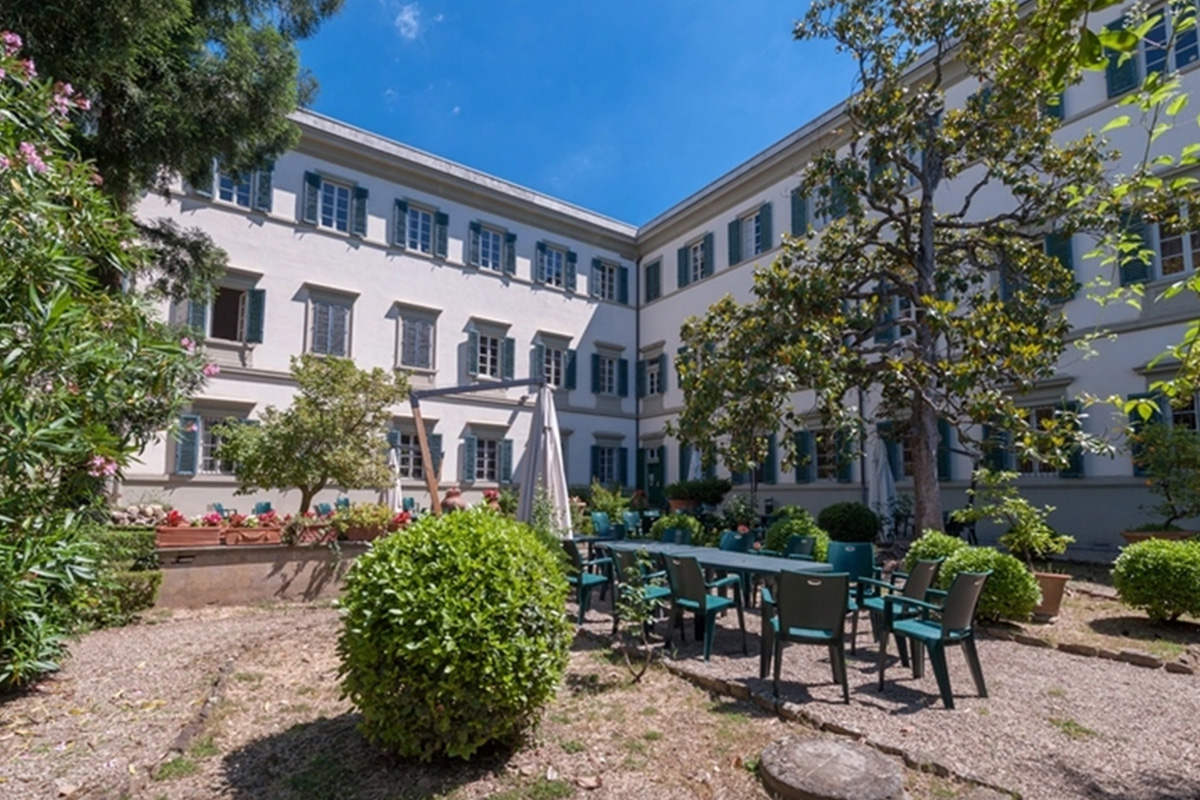|
Getting your Trinity Audio player ready...
|
- Investing in residential real estate for rental income is not only an alternative but also an evolution of the traditional property sale or lease model.
- In Italy, income properties represent not just a sensible investment but also a financially advantageous one – especially considering that most experts agree it’s shortsighted to let savings sit idle.
- Rental demand is on the rise, while the supply is expanding more slowly. Rental prices are holding steady compared to the end of 2024, with Milan leading the way.
- Limited risks and significant advantages: this is why investing in rental properties – or in those already leased to top-tier tenants – can be a smart move.
- The “cedolare secca” flat tax is a fiscal benefit designed for residential rental properties: let’s explore this alternative tax scheme available to landlords.
- A closer look at residential income properties – both currently rented and those with income potential.
Idle capital yields no returns
A forward-looking investment, a reliable source of income, a life choice. Putting capital into rental properties can be a profitable way to grow your assets. But is that still true in today’s economic climate? Experts agree that leaving savings untouched – especially in an inflationary environment – is unwise. In other words, idle capital yields no returns. And in Italy, for example, demand for rentals is increasing – creating a promising opportunity. Let’s explore the pros and cons of income properties, weighing opportunities against potential risks.
Italy’s two-speed rental market
To better understand the potential of income properties, we should take a look at Italy’s rental market landscape. Early 2024 saw a surge in rental demand across the country. According to a recent survey¹, requests for rentals rose by an average of 19.6% in January compared to December 2023. The increase was fairly uniform across regions, from +18.6% in the islands to +21.1% in the South. Looking at regional capitals, Trieste experienced the largest jump at +53.4%, followed by Catanzaro, Genoa, Bologna, Potenza, and Venice, all of which saw increases above 30%. On the other hand, Aosta saw a sharp decline of -45.9%. Italy’s two largest property markets – Milan and Rome – posted more moderate but still strong increases of +18.5% and +19.5%, respectively, reflecting already high rental demand in those cities. Supply is also growing, though at a slower pace, with a national average increase of +10.5%. Regional capitals that saw the greatest increase in rental listings were Aosta (+57.1%), Florence (+46%), and Perugia (+57.1%). Interestingly, Aosta recorded both the sharpest drop in demand and the largest increase in supply. Milan saw a +20.6% increase in listings, Rome +6%, and Naples +19.8%.
Rising demand drives rental prices in a shifting market
When evaluating the pros and cons of investing in income properties, financial aspects are key. According to the most recent data, average rental prices have remained stable compared to the end of 2023, with a national average of €12.90 per square meter. Milan remains the most expensive city for both rentals and property sales, with central areas reaching €31.40/sqm. Interestingly, the largest rent increases from December 2023 to January 2024 occurred in more affordable, outlying neighbourhoods like Bisceglie, Baggio, and Olmi – where a spike in demand drove up rental prices. At the other end of the spectrum, Potenza remains the least expensive city, with an average of €6.60/sqm.
At this time, renting is one of the hottest topics in Italy’s real estate market, as confirmed by the numbers – even in a sector facing major shifts. Data from multiple sources sometimes appear contradictory. For instance, the desire to own a home remains strong, even among people under 35. At the same time, increasingly flexible work arrangements and rising mortgage rates are steering younger generations toward renting rather than buying. In short, a complex mix of structural and situational factors should be considered when evaluating rental property investments.
How to assess an income property
It’s fair to say that today, income-generating residential real estate in Italy is not only a sound investment – it’s also potentially very profitable. It’s a financial strategy that can play a meaningful role in managing one’s portfolio. Of course, as with any investment in other asset classes, some risks exist:
- A drop in rental demand could result in vacancies and related holding costs.
- Landlords may encounter tenants who default on rent payments (either voluntarily or involuntarily²).
- Property maintenance must always be considered, and it can become complicated – especially in older buildings or those under historical or artistic protection.
Risks and key considerations
When investing in already leased residential income properties (such as apartments), the following aspects must be assessed:
- the reliability of the current tenant;
- the remaining duration of the lease;
- the annual rental income.
A common industry benchmark is that annual rental income before taxes should amount to at least 4% of the purchase price. For example, an apartment rented at €1,000/month – €12,000/year – should not be purchased for more than €300,000 (12,000 / 300,000 = 4%). This ratio may increase (to 5% or 6%) for properties in less desirable areas or decrease in prime locations. Another key factor is the expected time it would take to find a new tenant if the current one vacates the property. The longer the turnover period, the higher the investment risk – and thus, the greater the expected return, often in the form of a lower purchase price. Conversely, a shorter vacancy period justifies a lower return. Take Knightsbridge in London, for example, where the expected rental return is only 2%, thanks to an extremely short re-leasing period. Another element that affects expected return is the property’s long-term appreciation. In this case, the greater the anticipated increase in value, the lower the expected rental yield – since appreciation itself becomes part of the investment’s overall return, particularly upon sale.
The advantages of investing in residential income properties
As we’ve seen, rental market dynamics vary greatly from region to region – and even more so from city to city. Still, we can identify several common advantages to investing in this sector, which apply across the country and property types:
- Income properties offer greater stability than traditional financial markets, as long as they’re purchased at the right price.
- Rental properties provide a reliable income stream which, over time, covers all acquisition costs. The average payback period, based on gross rental income before taxes, is about 15 years.
- The property can eventually be resold or used as a primary residence. In that case, it becomes a dual source of value – first through rental income, then as a secure long-term asset.
Tax incentives for residential income properties
In Italy, income-generating residential properties benefit from a tax incentive alternative to the standard income tax (IRPEF), which applies a progressive rate scale. This alternative is known as the “cedolare secca”, and according to recent data, it’s the preferred choice for newly signed leases. How does it work? The landlord can opt for a flat-rate tax of either 10% (for rent-controlled leases) or 21% (for free-market leases). Rent-controlled leases follow specific pricing guidelines established by local agreements and certified by recognized trade associations. These agreements also benefit tenants, as the resulting rent tends to be lower than market rates. If the landlord instead chooses to stay under the IRPEF regime, the taxable income from rent is reduced by 30%. For registration tax purposes, the applicable rental income is calculated as 70% of the total rent, with a 2% tax applied.
NOTES
¹ For further details: January 2024 Report by Immobiliare.it Insights
2 Involuntary default refers to situations where tenants are unable to pay rent due to a sudden and significant reduction in their household income. This may result from events such as job loss or severe financial hardship, as defined by the Ministerial Decree of May 14, 2014, later amended by the Decree of March 30, 2016. Any other cases are classified as voluntary default.










